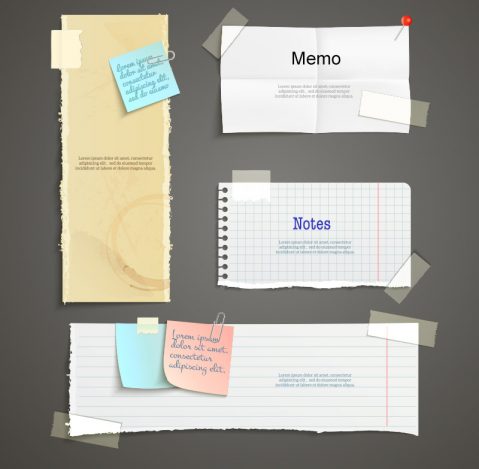Get Sticky: Help Employees Retain and Use What They Learn in Training

Training programs across all topics and industries have something in common: their instructors struggle for stickiness. If you’ve invested in training only to have your team members fall back into old habits or “forget” their new skills a few months after the big event, then you’ve faced the stickiness problem.
When you’ve invested in training for essential skills such as scientific, technical, or business writing, how can you increase the odds that your team members will truly understand and absorb important information? How can you get them to transfer their new skills from the classroom to their jobs?
To help ensure that the education you provide your employees maintains its value, consider training reinforcement.
Take a page from the safety manual
Training reinforcement isn’t a new concept. Safety and security experts have long understood that effective safety training requires regular follow-ups. According to Occupational Health and Safety magazine, we retain less than 10% of information 30 days after we’re exposed to it. However, if we’re exposed to the same information five more times, we retain more than 90%!
[sidebar]Avoid Communication Shipwrecks
What’s the difference between a “manatee gray” and a “dark heather” dress? Find out in our latest white paper, “Communication Shipwrecks: Lessons Learned from Communication Failures in the Workplace.” This white paper discusses major communication fails in corporate America and provides “lessons learned” for each. Download the “Communication Shipwrecks” white paper.[/sidebar]
You can improve your employees’ learning retention simply by providing more exposure to important information. Value adds that help make learning pervasive include
- annual recertification;
- regular bulletins or other communications;
- a person appointed to answer questions between training sessions, and
- follow-up courses, webinars, or workbooks.
These types of collateral are vital parts of any training program, including those for business, technical, or scientific writing. Whether you’re considering team or individual training, in person or online, look for a writing training program that offers help before, during, and after training. Consider some of the following types of stickiness helpers:
- Pre- and post-class assessments — By measuring writing skills or knowledge before training and again immediately after, as well as at regular intervals after the training, you can monitor participants’ initial successes and long-term progress. At Hurley Write, we use a proprietary rubric that scores writing, before and after the workshop, for clarity, brevity, and readability. This approach helps you assess participants’ writing strengths and weaknesses before the training and their progress afterward.
- Coaching — Individual follow-up coaching, whether onsite or via telephone and email or webinar, gives participants opportunities to ask questions and get additional help outside the classroom. Coaching gives your team access to real-time feedback to support the real-life applications of what they learned during training.
- Training reinforcement — Reinforcement messages sent to participants’ electronic devices provide reminders and regular touch points that dramatically improve information retention. Another solution, customized webinars, offers opportunities to discuss challenges, ask questions, and get feedback or more instruction on a particular topic.
- Pre- and post-class feedback — Feedback on writing before a course can help learners prepare by alerting them to the writing skills and concepts that are most applicable to them. Post-workshop feedback reinforces course concepts and gives learners ideas for what to do next.
Treat your business, scientific, or technical writing training as you would safety or security education and watch your team members stick to the new skills they’ve learned!
[cta]To learn more about Hurley Write’s customized onsite technical, scientific, or business writing workshops, webinars, or online classes, contact us at 877-24-WRITE (877-249-7483), visit our website, or email us.[/cta]

